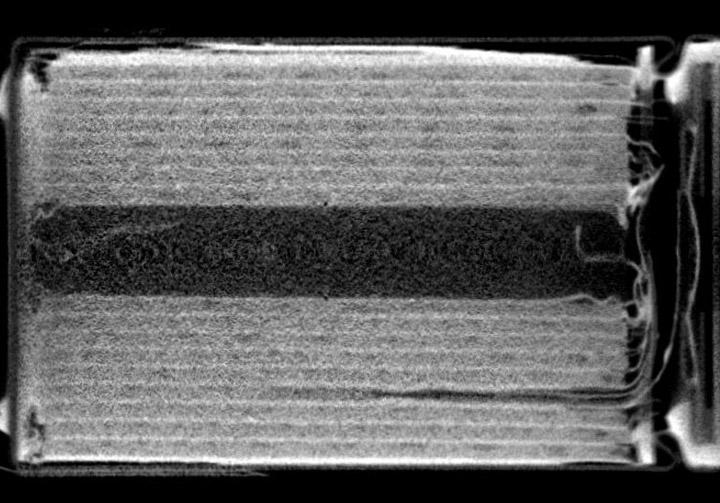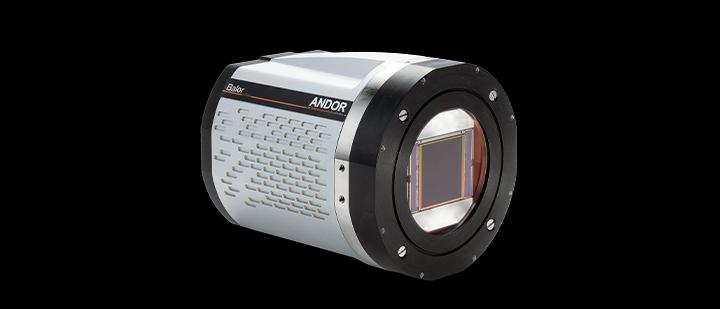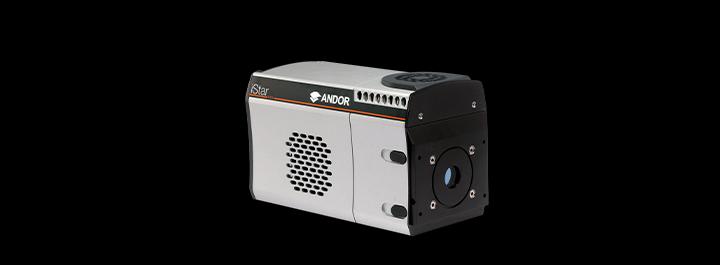Resources
 Part of the Oxford Instruments Group
Part of the Oxford Instruments Group
Expand
Collapse
As the demand for greener energy generation and the shift from traditional fossil fuels to renewable, net-zero emission sources intensifies, the need for cutting-edge scientific tools has never been more critical. The transition to a low-carbon, circular economy is driving significant interest in advanced battery technology, state-of-the-art nuclear fusion reactors, cleaner burning fuels and renewable energy sources such as wind and solar power. Additionally, research aimed at enhancing the efficiency and decarbonizing existing power sources like nuclear fission, gas, and coal is essential in this journey towards net-zero emissions.
Oxford Instruments Andor offers an extensive portfolio of high-end scientific cameras, including sCMOS, CCDs, ICCD, EMCCDs, and modular spectrographs. Our solutions are designed to support research addressing today’s global environmental challenges. Our cameras are integral to a wide range of renewable energy research applications, from X-ray battery imaging and plasma spectroscopy in tokamaks and stellarators to LIDAR wind technologies and the development of solar and voltaic cells.
Explore our innovative camera solutions and join us in advancing towards a sustainable, greener future.
The study of fuel cells and batteries often involves probing the internal chemical and physical changes that occur in-operando during charging and discharging of batteries and loading and unloading of fuel cells.
Common techniques to achieve this include complimentary X-ray and neutron imaging and tomography in situ studies, photoelectron spectroscopy and Raman spectroscopy. Modern science is helping to revolutionise the electrical and chemical storage capacity of batteries and fuel cells to enable the world to move towards a low carbon economy and future.
Contact our Applications Specialist
Solar cells, also known as photovoltaic cells, directly transform energy into electricity from the sun. Solar cells are durable, compact and low maintenance energy sources. As solar cells have developed there has been an increasing drive to optimise and increase the efficiency of solar energy conversion rates. Currently the cost of solar cells is linked to the relatively low efficiency of modern panels and critically some research has turned to the development of new higher efficiency materials such as quantum dots, thin film coatings, and other 2D materials and additives.
Some common techniques used in the development of solar cells includes low photoluminescence spectroscopy (PL) and Raman. In larger scale quality control solar cell production techniques such as laser induced breakdown spectroscopy (LIBS), optical emission spectroscopy (OES) and electroluminescence imaging.
Contact our Applications Specialist
Fusion, the nuclear reaction that powers the Sun and the stars, is a potential source of safe, non-carbon emitting and virtually limitless energy in the future. Nuclear fusion involves merging of two light nuclei to from a single heavier nucleus. The process then releases energy because the total mass of the resulting single nucleus is less than the mass of the two original nuclei.
The loss of mass becomes energy as per E=mc2. The road to producing nuclear fusion on earth is extremely challenging requiring a confluence of research across many scientific fields from Material Science to Nuclear Physics and Engineering to realise sustainable cost-effective fusion technology for energy production.
Contact our Applications Specialist
Combustion research still plays a key role in the push towards net-zero emissions. Whether this be with increasing the efficiency of existing combustion engines and generators, or experiments using new and synthetic fuels.
Planar Induced Laser Florescence (PLIF) can be used for the measurement of concentration/mole fraction of species such as Na, OH, NO, O2, CH, CO or acetone, localised temperature, velocity, and pressure a key role in these experiments as specific species are measured. Other techniques such as Particle Image Velocimetry (PIV) with sCMOS and intensified sCMOS cameras can be used to visualise flow fields and turbulence in engines producing thrust.
Contact our Applications Specialist
Andor offers a comprehensive portfolio of deep cooled, back-illuminated CCD cameras, spanning a range of field of view requirements and offering optimized response across a very broad spectral range suited for a broad range of imaging and spectroscopy applications.
Additionally, Andor’s range of market leading single photon sensitive iXon Ultra EMCCD Cameras offer truly high-end, yet accessible scientific imaging designed specifically to drive the absolute best from ultra-sensitive EMCCD technology.

Andor’s Scientific CMOS (sCMOS) cameras series deliver an advanced set of performance features that render them ideal for high fidelity, quantitative scientific measurements.
Providing a wide plethora of application advantages across energy generation and storage developmental research, Andor’s multi-megapixel cameras offer a large field of view and high resolution, without compromising noise, dynamic range or frame rate.

Andor’s market leading range of intensified CCD and sCMOS iStar cameras provide exceptional performance through high quantum efficiency image intensifiers combined with the high sensitivity, speed and dynamic range of CCD and sCMOS technology. Ideally positioned for time resolved imaging and spectroscopy applications.

Andor’s portfolio of CCD, sCMOS and EMCCD cameras provide a wide range of high sensitivity, high dynamic range and fast detection solutions for hard and soft x-ray imaging and spectroscopy experiments.
These detectors benefit especially applications in material development & chemical development of batteries in-operando and material structural inspection and analysis.
